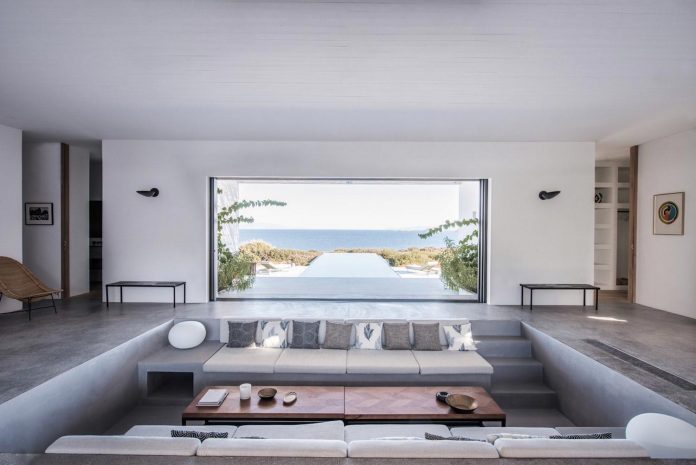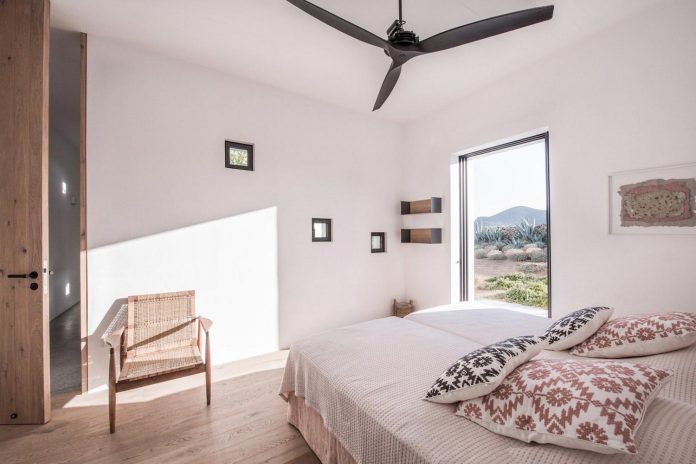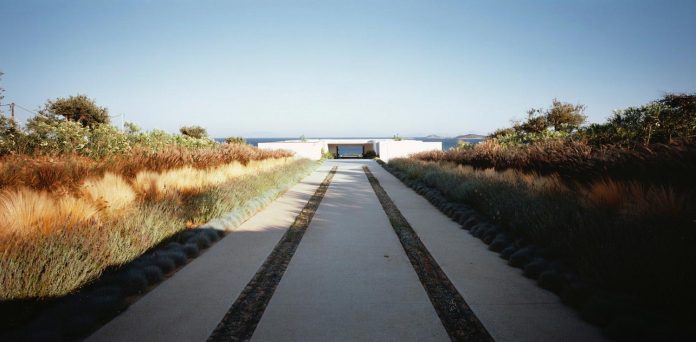Summer house with unobstructed views designed by VOIS architects
Architects: VOIS architects
Location: Paros, Greece
Year: 2016
Photo courtesy: VOIS architects
Description:
“The summer house was designed by VOIS architects in 2014. It took its name, “H_orizon”, after two basic elements of the design. “H” for the shape of the building that resembles the letter with the symmetry axis of the figure placed on the axis SW – SE. “Orizon”, from the need of the house to remain in continuous connection to the “orizon”.The house is designed in a way so that the public spaces develop consecutively on a central axis. The main entrance of the house is on the NE side of the plot. It is signalized by a recess of the building shell and creating an enclosed, uncovered space. Upon entering the building, the user is located in the living – room. The seating area is degraded from the entry level in order to embrace the natural environment and allow for un-obscured views from all main living areas.
Special attention was paid to the outdoor living, which becomes a crucial part of the owner’s everyday life and an extension of the architectural concept. Along the living room and facing North, an extensive uncovered level of 10,30m wide is designed. On the opposite direction, overlooking the sea, a second set of rooms has been created. These, also downgraded to the entrance level, of the same width and length of about 5,66m, offer a space with unobstructed views, while following the slope of the natural terrain. Both of these areas are protected from intense sunshine, making it easier for residents to live in open air.
The site includes places of natural scenery, placed on the building’s main axis, reserved for outdoor activities. Moreover, the outer shell of the building is built upon a double-lane road-brick with insulated (non-load-bearing) and wooden frames. The openings ensure adequate ventilation. On the surrounding area, natural planting enhances with corresponding plants at the excavation sites.”
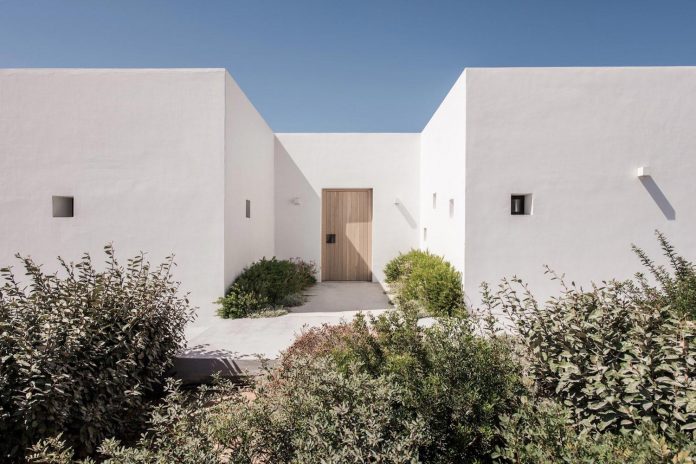
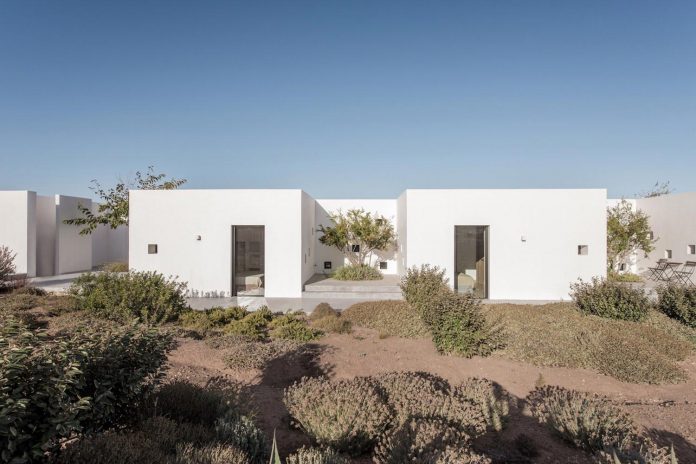
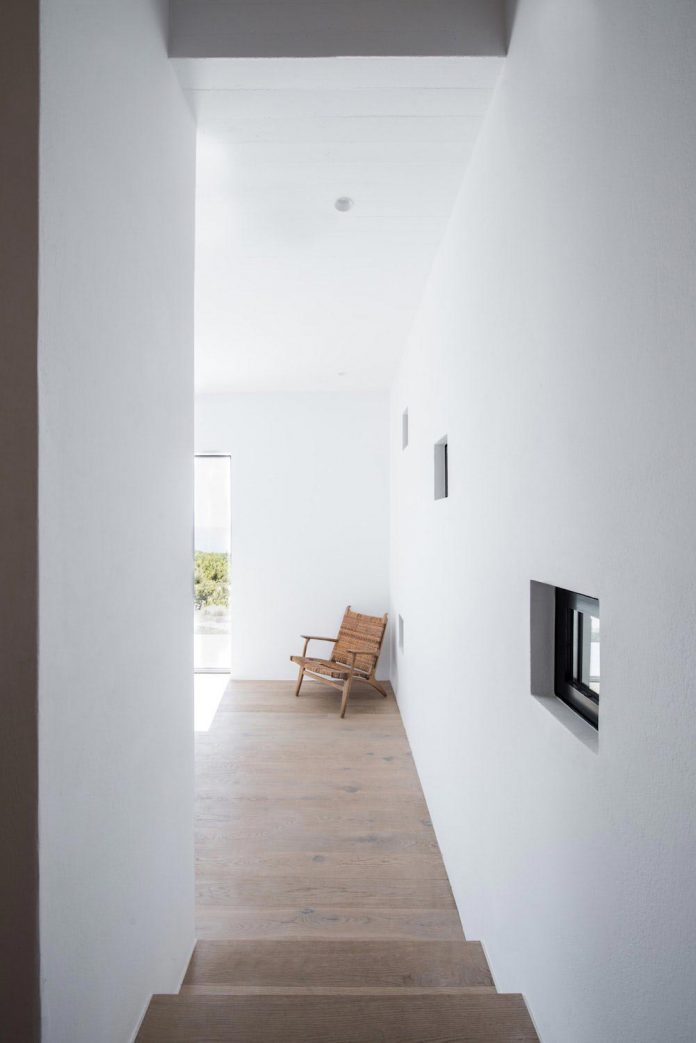
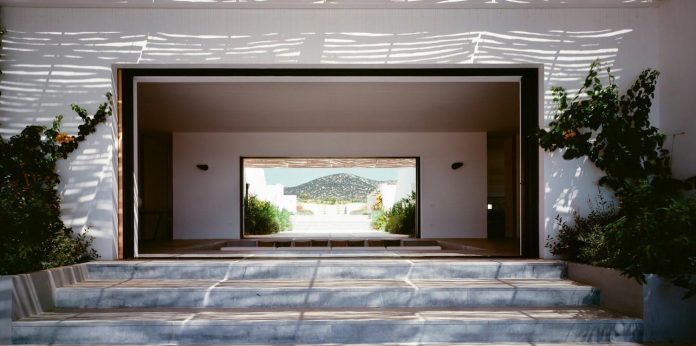
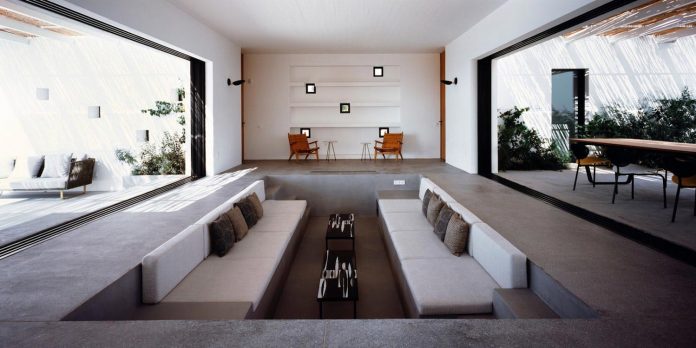
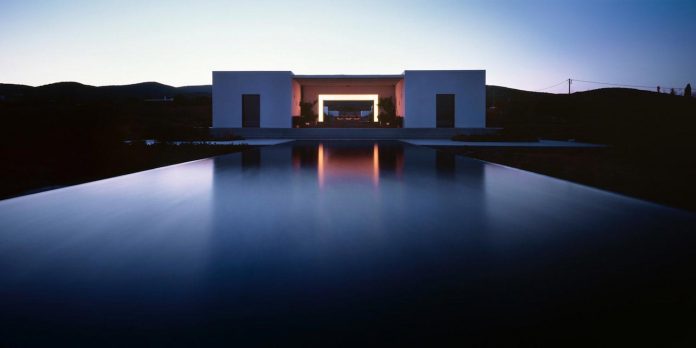
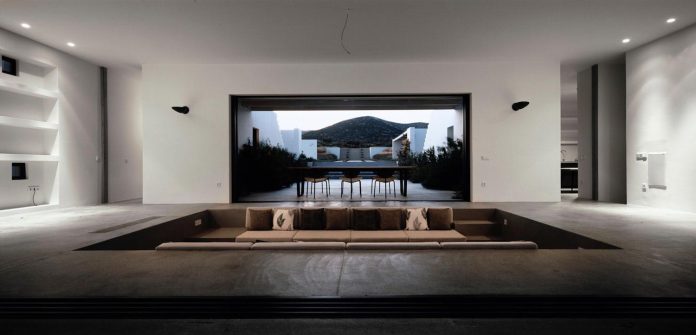
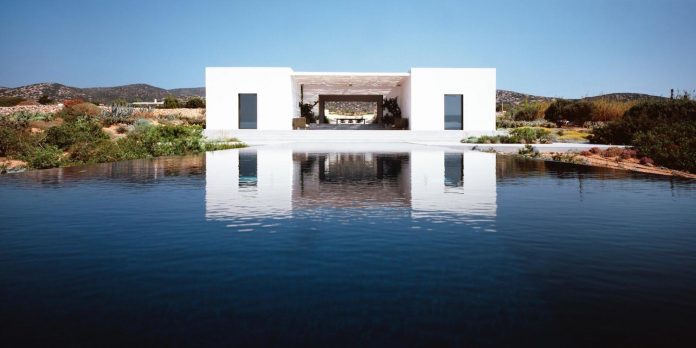
Thank you for reading this article!



